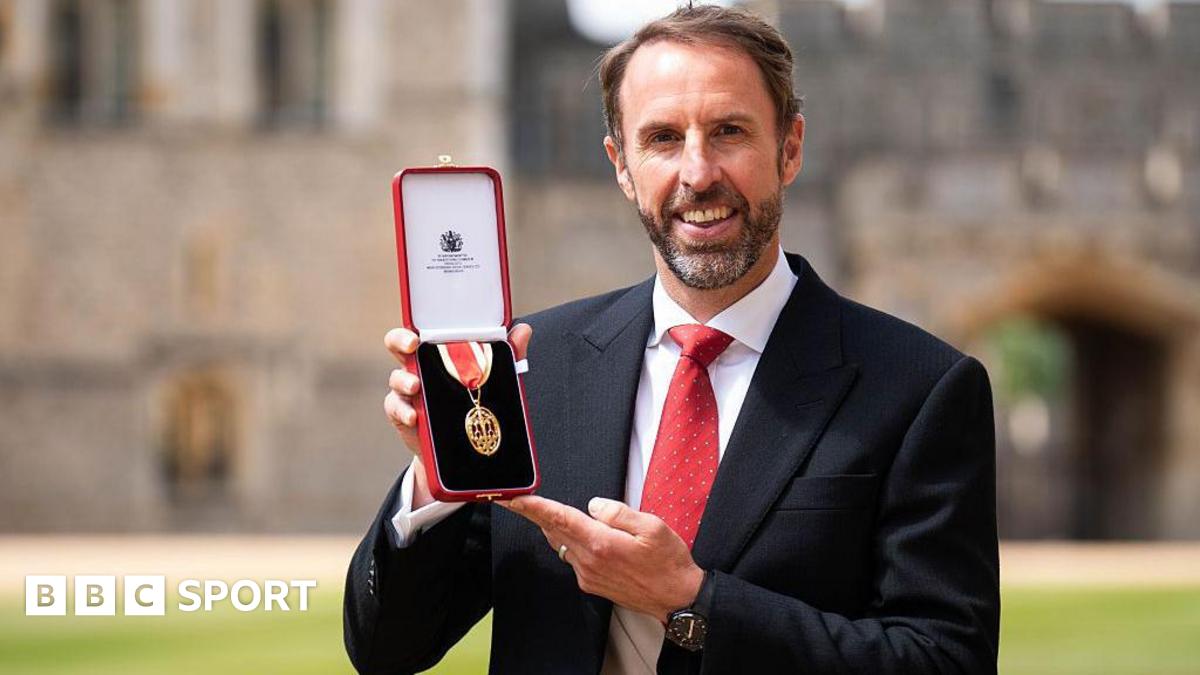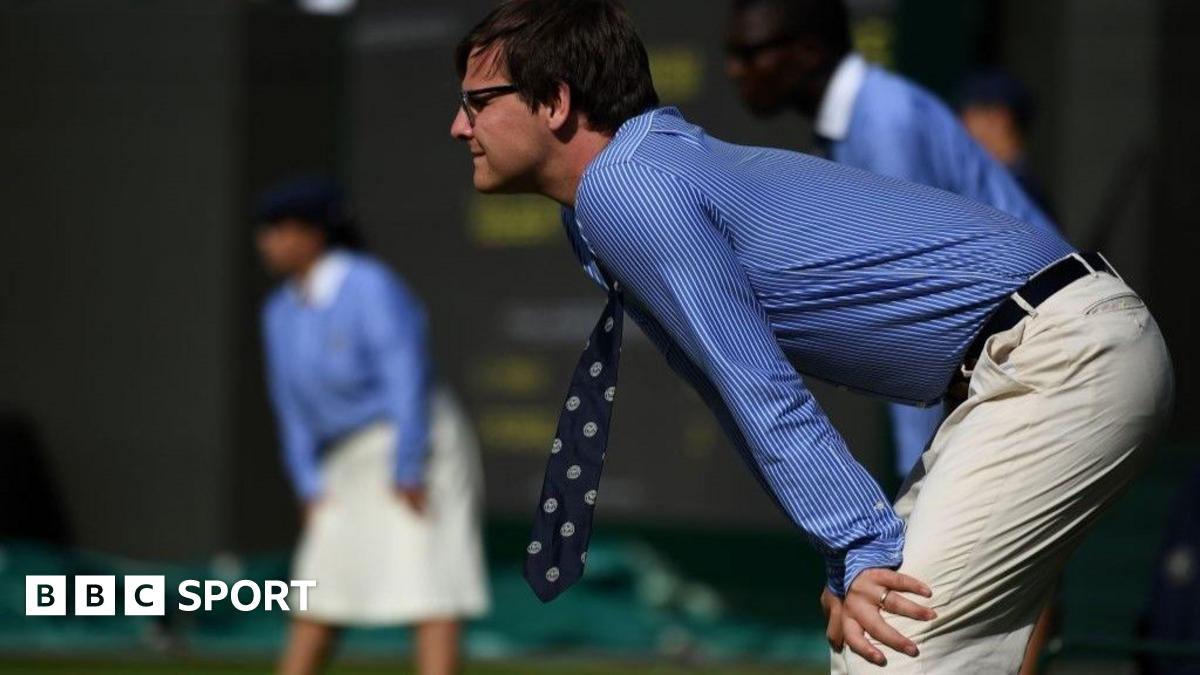Celebrating 25 years of excellence in sports and entertainment

We invite you to celebrate this remarkable journey as we mark a quarter-century of Buro Happold’s impactful contributions to the UK’s sports and entertainment sector.Over the past 25 years, Buro Happold has been at the forefront of engineering design on some of the UK’s most iconic and innovative venues. From state-of-the-art stadiums that host thrilling sporting events to cutting-edge entertainment complexes that bring joy to millions, our work has helped shape unforgettable experiences for fans and audiences alike.Sports & Entertainment infrastructure requires cutting-edge and thoughtful engineering design. This is especially true when site boundaries are highly constrained. In some cases, the proximity of adjacent roads and residential properties, tight pedestrian and vehicle access, rivers, and railway lines challenge the site. As well as the visible constraints, many may be hidden below ground, like tunnels or utilities, or come in the form of planning limitations, like height limits. A football club, for example, wanting to improve its facilities and create additional space, may feel that moving its stadium to another location is simply easier. However, this can be more costly, is unlikely to be popular with fans, and is rarely the more sustainable choice. Deciding to stay put and work within the constraints of their existing location is often what they have, and could be the best and most realistic option.But how do clubs improve facilities and make the space they already have work harder as part of a redevelopment? Could they extend their footprint over site constraints such as roads, railways, and other permanent features? How do they negate constraints and create a greater sense of community? How can they increase the space for additional retail areas, ensure safe access for fans and pedestrians, and add to the overall fan experience?Here, Rob Amphlett, Partner and Global Sports & Entertainment Sector Lead, talks to Simon Fryer, Technical Director of Buro Happold’s Bridges team, to find out more about the bridge engineering design pedigree that unlocks the complex, multi-faceted challenges of stadium projects on constrained sites.RA: Simon, shall we begin by explaining why I’m discussing stadium redevelopment with a bridge expert?SF: It may not seem immediately obvious, but hopefully, it will make sense shortly.Bridges always cross obstacles of some sort. The obstacles typically constraining stadiums in the UK are roads, rivers, and railways. Sometimes, the constraints themselves are constrained – by residential properties, schools, or sensitive areas like cemeteries on the other side of rivers, roads, and railways. The bridge’s design must include construction and installation techniques suitable for working in restrictive spaces.If the challenge is to create a way of redeveloping a stadium that maximises the use of space, and obstacles, such as roads, rivers, or railways, prevent clubs from doing that, through bridge engineering design, we provide clubs with options for increasing the space available. In other words, we design bridge decks that become integral parts of stadia, and these are typically concourses or podiums that span the road, river, or railway.RA: Where has the Buro Happold Bridges team helped clubs previously, and what did we do?SF: The Aviva Stadium in Dublin is an excellent example of where we’ve applied this approach previously. It’s also a great example of the challenges of city-based stadium projects that many clubs can relate to.The Aviva Stadium has roads, residential properties, an open-air sports field within touching distance, and a railway that runs through the West Stand, so the project had an interesting set of constraints. Still, we’ve got some of the best engineers in the world, and we worked through each challenge, ensuring that the engineering design met multiple stakeholders’ requirements. The result was a truly incredible landmark structure.The aspect of the project most relevant to the question is the decking over the railway on the west and southwest of the site, where the stadium meets the major urban commuter route of the DART railway line. The west stand of the old stadium was built over the rail line, and before the redevelopment, many spectators needed to cross the railway via a level crossing.To begin with, we demolished the former stadium west stand over the DART and then created a new rail corridor integrated into the overall development next to the stadium. We sequenced the demolition work needed and proposed a schedule for the program of works to ensure minimum disruption to the busy railway line. We worked closely with stakeholders and liaised closely with all parties, including the Irish Rail network operator Iarnród Éireann. This involved carefully managed intense bursts of activity, with highly programmed rail possessions over Easter and Bank Holiday closures.The ‘deck’ I referred to is now a concourse where fans can gather before and after games, take a direct route into and out of the stadium, and provide safe access for fans arriving by train.Image credit: PopulousImage credit: PopulousImage credit: PopulousRA:. Major works near railways could affect both the rail service and redevelopment. How have you overcome these challenges in previous projects?SF: Reducing disruption to neighbours is always a great thing to do on projects, and we take continuity of service for transport providers seriously. It is critical when assessing the success of bridge design and installations, regardless of neighbouring buildings or types of bridge.Let me give you a couple of examples. They are not stadia projects. However, much of what we apply to sports projects is based on our broader experience designing and installing bridges. And there’s a lot of common ground between the two.The Stratford Town Centre Link crosses the seventh busiest station in the UK. We designed the bridge there from concept through completion and supervised the site work over Stratford regional station, crossing 11 railway lines, all the station platforms, and a road. This bridge was 12 meters wide and 130 meters long, and it had to be constructed within the constraints of the Stratford City Shopping Centre being constructed simultaneously.Image: Buro HappoldIt had to be assembled in a relatively small working area to the side of the railway because the building to house the Marks and Spencer store was being constructed at the same time. So, the bridge was launched over the railway incrementally. This means we assembled a section, slid that over the railway, added another section on the back, slid it again, and added a final section on the back. There were three launches altogether.Image: Buro HappoldThe first launch covered the first portion of the railway. The second launch took us beyond the centre of the bridge, and the third launch went to the end. The first two operations went so well that we got permission from Network Rail to slide the bridge with the station and the tracks operational, which was a first in the UK. The alternative would have been closing the railway for a whole weekend. Network Rail was impressed—so much so that, along with the contractor, they gave us a commendation.Image: Buro HappoldAnother rail example is the Carpenter’s Land Bridge. Again, at Stratford, this timepart of the Stratford waterfront project. Instead of launching like the Stratford Town Centre Link, it was rotated over the railway on Christmas Day. They used self-propelled mobile transporters, like bogies, that allow you to move large, heavy objects around. This was very carefully planned.We had to factor this into our design from the start because you can’t design a bridge, particularly one crossing a railway, without knowing how it will be built. If we, for example, had designed this as a concrete bridge, it would have been too heavy to install it this way.Here are two examples showing the critical nature of bridge engineering design and planning. The first is where we focused on designing and installing a bridge over a live railway, and the second is where we had to plan for a specific installation day, Christmas Day (when rail services were not running). There was no margin for error in either, and that’s true regardless of whether a bridge is an integral part of a stadium or next to Marks and Spencer in east London.RA: We’ve looked at bridges as integral concourses in stadia. Thinking now about bridges that connect a stadium to a community, what other factors must be considered when designing a bridge that spans a live road or railway?SF: Bridge designs over live transportation routes are complicated because of many issues to consider in their design and construction. A bridge in this scenario requires a design to cater to large, possibly unruly crowds and anticipate in the design that objects may be thrown onto the road or tracks below.For example, we had to be careful about what surfacing material we selected on the Emirates Stadium bridges. We couldn’t use paving slabs because they could potentially be turned into missiles. We also need to think about the lighting of the Arsenal Bridges and ensure that it doesn’t shine on the railway. The glare or distraction from the illumination onto the railway below would be unacceptable and possibly dangerous. At the same time, the lighting had to be top-notch for safety and security, including the appropriate lighting for good facial recognition on CCTV. We designed reflector lighting; these light fittings shine onto a mirror and reflect light onto the walking surface. You can see these attached at high level along the side of the bridge.If there’s a major incident in or close to the stadium, you must be able to evacuate the whole site in 10 minutes. The bigger the stadium, the larger the bridge or concourse capacity; this can mean that some bridges are 14 and 20 meters wide. A bridge this size makes it much harder to build over a railway. At the Arsenal stadium, the steel weight of the North Bridge was 700 tonnes, and the South Bridge was 1200 tonnes. Add the weight of the concrete to those figures, and you have very big and very heavy objects to move and manoeuvre, often in busy and constrained spaces.RA: Many stadia in the UK have unique identities, and these landmarks are important beacons for fans, players, and local communities – and sponsors, too. How do you design bridges so they complement the stadium?SF: We often incorporate stadium and public realm features into the bridge. The lighting at the Emirates Stadium is a good example. Here, the style of the light fittings continues onto the bridge and finishes on the paved areas. We also incorporated the tubular structure used in the stadium roof into the main trusses supporting the bridges.Image: Buro HappoldImage: Buro HappoldImage: Buro HappoldBuro Happold also worked on Queen Elizabeth II Park and the former 2012 Olympic stadium. The design intent of the bridges in the park is that you don’t notice there’s a bridge. The aim was to be able to walk along the pathways, and not realise the transition from solid ground to a bridge. Seamless blending is an essential factor for many football clubs as it continues both the sense of community and the fan experience.RA: There are a lot of carbon-hungry materials in bridges, primarily concrete and steel. What are we doing to ensure our designs are carbon-lean?SF: We design bridges to be as carbon-efficient as possible. We benchmark the materials and calculate the amount of embodied carbon in the structure as precisely as possible. We’re careful not to design something that is unduly carbon-hungry. It’s worth remembering that bridges must work harder than buildings. They span long distances and require more strength.We use rapid prototyping techniques to analyse the structure, refining every parameter until we find a minimum weight design. Our computational power now means we scrutinise every aspect of the bridge design. We can adapt designs incrementally to ensure we find the optimum scheme. This process includes working with the materials supply chain, and as members of the Net Zero Bridges group, we feed best practice directly into the way we design.We’re also working on a circular economy initiative to reuse steel. Reusing materials is key to minimising carbon, in the same way reusing buildings, or parts of buildings, decreases their carbon footprint. However, to successfully and confidently reuse steel we need to know a lot about it. And this is where Material Passports shine. In the art world, establishing the provenance of a piece of art is critical; it’s the same for reusing materials. We need to verify the origin of the material, where it was used, and its specific purpose.Material Passports will be instrumental in easing the concerns of project insurers in the built environment and moving us closer to meeting and exceeding carbon targets more broadly.RA: Simon, thank you for taking the time to speak to me today.SF: It is my pleasure. Thank you for including me in the 25-year celebration.Join us as we celebrate our past, present, and future and share the stories and successes that have defined Buro Happold’s journey in the sports and entertainment industry.This celebration is about looking back at our achievements and envisioning the future. We are committed to continuing our legacy of excellence, pushing the boundaries of design and sustainability, and creating spaces that inspire and engage.












